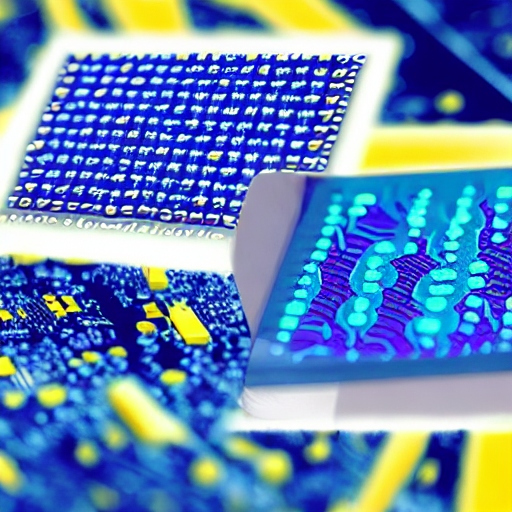The atomic mechanisms that make the group of compounds known as argyrodites desirable candidates for thermoelectric energy converters and solid-state battery electrolytes have been discovered by a research team at Duke University and their collaborators.
The findings, along with the machine learning strategy that led to them, may herald in a new era of energy storage for uses like home battery walls and quick-charging electric vehicles.
Due to the size and complexity of each of the material’s constituent parts, this puzzle has not yet been solved, according to Olivier Delaire, associate professor of mechanical engineering and materials science at Duke. They have uncovered the atomic-level mechanics driving this entire class of materials to be a hot topic in the field of developing solid-state batteries.
Researchers must create new technologies for storing and transmitting energy to households and electric vehicles as the globe transitions to a future powered by renewable energy. The lithium-ion battery with liquid electrolytes has served as the industry standard up to this point, but it is far from ideal due to its low efficiency and the liquid electrolyte’s propensity for periodically igniting and exploding.
These restrictions are mostly caused by the chemically reactive liquid electrolytes used inside Li-ion batteries, which allow lithium ions to travel between electrodes relatively unhindered. They are excellent for transporting electric charges, but because they include liquid, they are susceptible to high temperatures, which can lead to degradation and finally a runaway thermal catastrophe.
To create alternative solid-state batteries using a variety of materials, several governmental and commercial research labs are investing a lot of time and money. Theoretically, if properly constructed, this method produces a gadget that is significantly safer, more stable, and has a larger energy density.
One of the major competitors for solid-state batteries relies on a class of chemicals known as argyrodites, which is named after a mineral that contains silver, despite the fact that no economically viable method has yet been found. These substances are made of unique, reliable crystalline frameworks, which are composed of two elements and a third element that is free to move about the chemical structure. Despite the fact that some ingredients, like silver, germanium, and sulphur, are found in nature, the fundamental structure is open-ended enough to allow for a large variety of combinations.
Every manufacturer of electric vehicles is attempting to switch to new solid-state battery designs, but none of them are revealing which compositions they are placing their bets on, according to Delaire. The ability of automobiles to charge quicker, run longer, and be safer all at once would transform the game if they won that race.
A promising possibility consisting of silver, tin, and selenium (Ag8SnSe6) is examined by Delaire and his coworkers in the new paper. The scientists observed the molecular behavior of samples of Ag8SnSe6 in real-time by using a mix of neutrons and X-rays to bounce these incredibly fast-moving particles off atoms within the samples. First-principles quantum mechanical simulations were used by team member Mayanak Gupta, a former postdoc in Delaire’s lab who is now a researcher at the Bhabha Atomic Research Centre in India, to develop a machine learning approach to make sense of the data and develop a computational model to match the observations.
The outcomes demonstrated that, despite the relatively stable structure that the tin and selenium atoms produced, it was anything but static. The charged silver ions can readily travel through the material because of the crystalline structure’s continual flexing, which forms windows and channels. The silver is in a state that is practically liquid-like, while the tin and selenium lattices stay solid, according to Delaire.
Delaire described the movement of the silver atoms as resembling marbles rattling about the bottom of a very shallow well, giving the impression that the crystalline scaffold isn’t stable. What really surprised him was that there is a material that can exist in both a liquid and a solid state.
The findings and, perhaps more significantly, the method that combines cutting-edge experimental spectroscopy with machine learning, should help researchers go more quickly towards replacing lithium-ion batteries in many critical applications. Delaire claims that this research is simply one of a number of initiatives aiming at various promising argyrodite compounds made up of various formulas. Given its potential for use in electric vehicle batteries, one mixture that uses lithium in place of silver is of special interest to the group.
They are carefully examining the complete family of compounds since many of these materials provide extremely quick conduction for batteries while also serving as effective heat insulators for thermoelectric converters, according to Delaire. This work serves as a benchmark for their machine learning methodology, which has made significant improvements in the capability to model these materials in just a few years. He thinks that by doing this, they will be able to swiftly recreate novel compounds realistically and discover the greatest recipes that these compounds can give.








